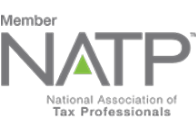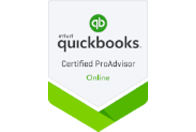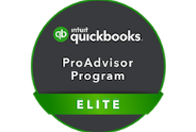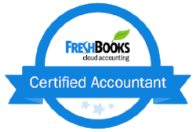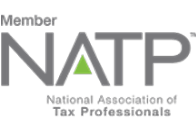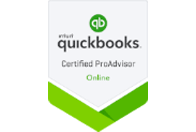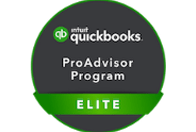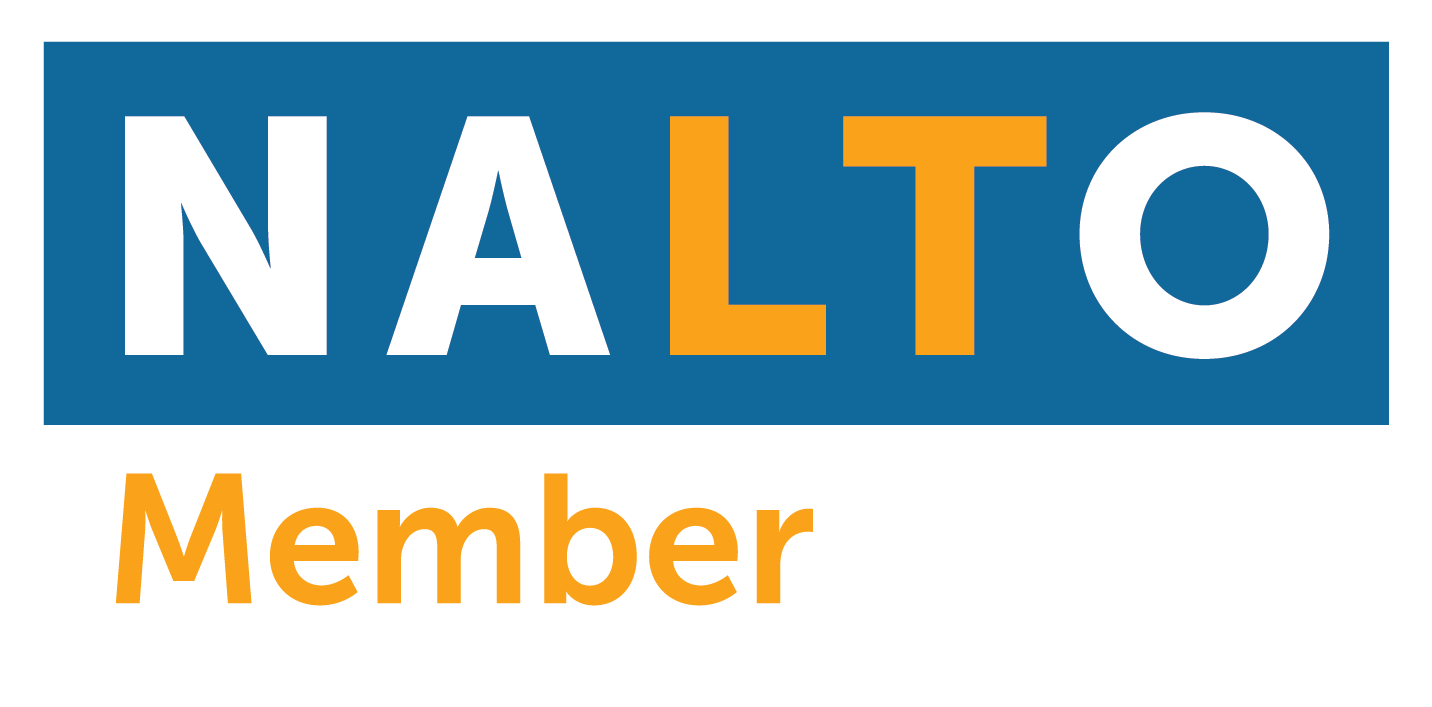U.S. individuals will need to fill out a form 1040 to file their annual return with the Internal Revenue Service (IRS). However, individuals with more complex tax situations may need to accomplish additional schedules to support the standard IRS 1040 form. Listed below are the common 1040 schedules during tax season.
Schedule 1, Additional Income and Adjustments to Income
Schedule 1 is used to report income from other sources and income adjustments. Its first part shows additional sources of income other than those listed on the 1040 form such as business income, tax refunds, alimonies, rental income, and unemployment compensation. While the second part lists potential adjustments to the taxable income such as self-employment tax, self-employed health insurance deduction, health savings account (HSA) deductions, IRA deduction, and interests on student loans.
Schedule 2, Additional Taxes
Fill out a schedule 2 if you need to make an excess advance premium tax credit repayment or if you owe certain taxes such as alternative minimum tax (AMT), self-employment tax, household employment taxes, additional taxes on IRAs, MSAs, or HSAs, and others.
Schedule 3, Additional Credits and Payments
Use schedule 3 if you have additional claimable tax credits including foreign tax credits, clean energy credits, child and dependent care credits, retirement savings contribution credits, education credits, excess withheld social security taxes, and other general business credits.
Schedule A, Itemized Deductions
Schedule A is used to itemize deductions including medical and dental expenses, state and local taxes paid, home mortgage and investment interests, donations, and losses from theft or casualties.
Schedule B, Interest and Ordinary Dividends
Schedule B is used if a taxpayer received more than $1,500 of interests or dividends. It is also used to report accrued interests from bonds, interests or dividends received as a nominee, financial interests in a foreign trust, etc.
Schedule C, Profit or Loss from Business
Self-employed individuals, gig workers, and small businesses owners use schedule C to report income or loss from their business, trade, or profession. The amount figured in schedule C is reported on Schedule 1 Line 3, Business Income (or Loss).
Schedule D, Capital Gains and Losses
Schedule D is used to report short-term and long-term gains or losses from the sale of capital assets. It is also used to report gains from involuntary conversions of capital assets not held for business or profit, capital gain distributions not directly reported on 1040 form, and nonbusiness bad debts.
Schedule E, Supplemental Income or Loss
Schedule E is used to report income or loss from real estate rental activities, royalties, partnerships, S Corporations, estates, trusts, and residual interests in real estate mortgage investment conduits (REMICs).
Schedule SE, Self-Employment Tax
Schedule SE is used to compute and report Security and Medicare taxes on self-employment income. Self-employed and small businesses owners with net earnings of at least $ 400 must pay self-employment tax.
Other Tax Schedules
- Schedule EIC, Earned Income Credit is used to provide IRS with information about the qualifying child.
- Schedule F, Profit or Loss from Farming is used to report income or loss from farming activities.
- Schedule H, Household Employment Taxes is used to report taxes on household employees with wages reaching a certain threshold.
- Schedule J, Income Averaging for Farmers and Fishermen is used by qualifying farmers and fishers to figure their income tax by averaging their activities over the three previous years.
- Schedule R, Credit for the Elderly or Disabled is used to figure the tax credit for the elderly or disabled.
- Schedule 8812, Credits for Qualifying Children and Other Dependents is used to figure qualifying child and dependent tax credits.
Want to learn more?
You may want to consult and work with 1099 Accountant – We offer online bookkeeping, online advisory services and online tax and accounting services. We offer reasonable rates. We only work with independent contractors, freelancers, and one-person business. We work with locum tenens from California to New York City and everywhere in between. Yes, even Hawaii!
Contact us toll-free (855)529-1099 or make an appointment for a free consultation. Contact Us

